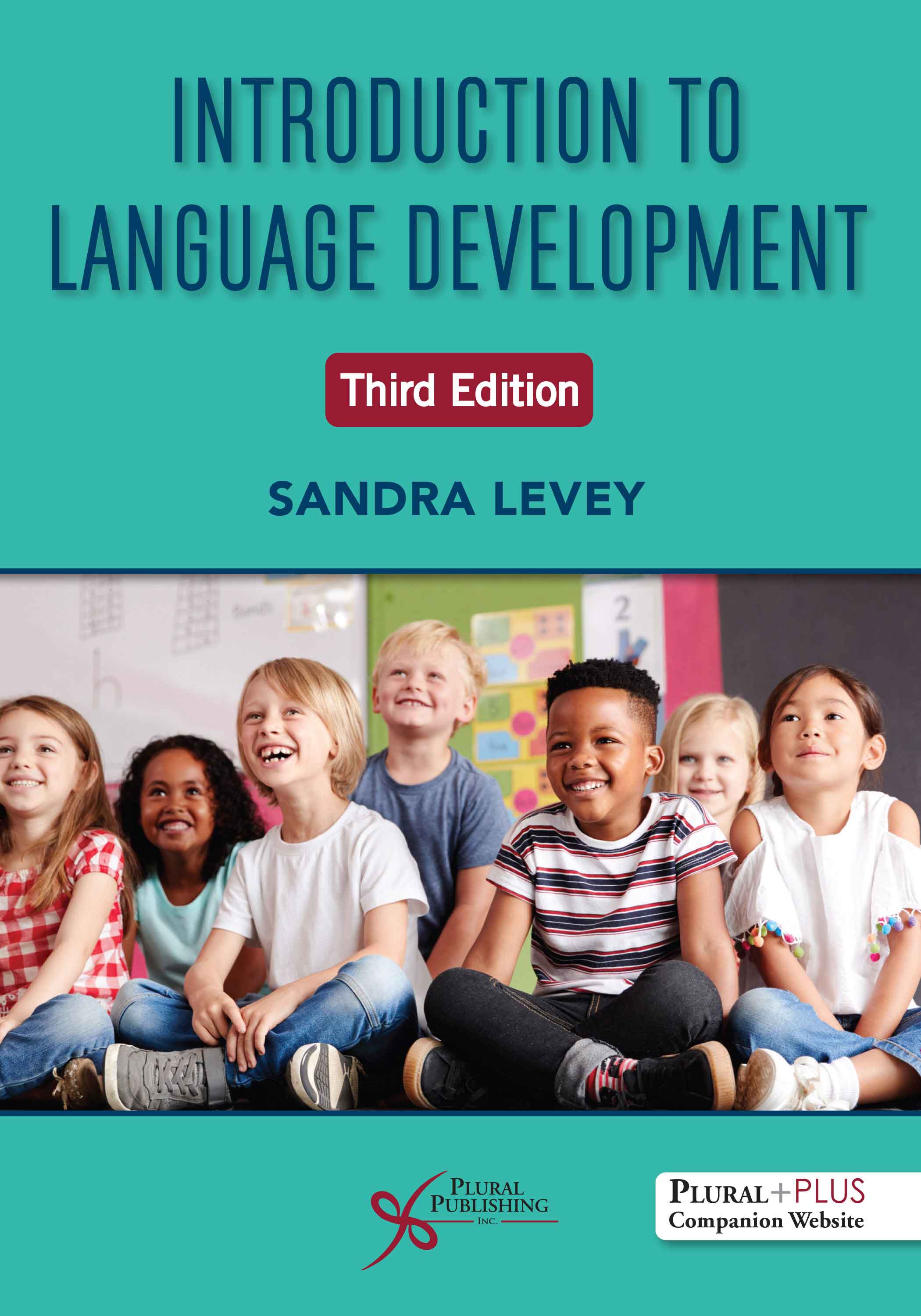
Introduction to Language Development
Third Edition
Sandra Levey
Details: 317 pages, 2-Color, Softcover, 7" x 10"
ISBN13: 978-1-63550-377-7
© 2024 | Available
For Instructors
Purchase
Introduction to Language Development, Third Edition offers a highly accessible overview to the complexities of language development. The textbook is designed for use in language acquisition courses in undergraduate and graduate speech-language pathology programs to facilitate both teaching and learning. Complex terminology and theories are explained through definitions and examples to ensure that students are able to easily grasp the content. Within the third edition of this text, students are presented with language factors—syntax, semantics, phonology, morphology, and pragmatics—as well as the cognitive abilities that underlie language development. Multilingual and multicultural differences are explored throughout.
Key Features
- Case studies allow instructors to involve students more fully in classroom discussion, along with developing their critical thinking and problem-solving skills
- Chapter learning objectives allow students to understand the scope and goals of the chapter
- Study questions allow instructors to engage students in discussions of the material and ensure students grasp and retain the information
- Tables and figures provide examples and evidence that elaborate and clarify the information presented
- A comprehensive glossary helps students locate the definitions of key terms
New to the Third Edition
- Expanded focus on diversity and the role that culture plays in language learning
- Updated to reflect the increased impact of technology in literacy and learning
- Improved readability through the introduction of terminology, concepts, and practical strategies that will be encountered in chapters that follow
- The inclusion of new terminology that reflects patient-centric language and updated terms that respect diversity of individuals served by speech-language pathologists and audiologists
PluralPlus Online Ancillary Materials
For Instructors: PowerPoint slides
For Students: Flashcards, Multiple Choice Study Questions
Preface
Acknowledgments
Contributors
Chapter 1. An Introduction to Language Acquisition
Sandra Levey
Chapter Objectives
Developmental Stages of Typical Language Development
Communication, Speech, and Language
Form
Content
Use
Written Language and Reading Abilities
Cognition
Language Differences
Summary
Key Words
Study Questions
References
Chapter 2. An Introduction to Theories of Language Development
Sandra Levey
Chapter Objectives
Speech Act Theory
Functional Approach to Language and Cognition
Behavioral Theory
Principles and Parameters Theory
Social Interaction Theory
Cognitive Theory
Emergentism
Summary
Key Words
Study Questions
References
Chapter 3. The Brain and Cognitive, Speech, and Language Development
Sandra Levey and Denise Cruz
Chapter Objectives
The Brain and Language
The Structure of the Neuron
The Central Nervous System
The Peripheral Nervous System
The Two Hemispheres of the Cerebrum: Right and Left Lobes
The Four Lobes of the Cerebrum: Speech, Language, and Cognitive Functions
The Arcuate Fasciculus
Subcortical Structures and Language Functions
The Brain Stem
Cognitive Functions and the Brain
Skills Associated With the Brain
Neurological Disorders
Summary
Key Words
Study Questions
References
Chapter 4. Infant and Toddler Language Development
Sandra Levey
Chapter Objectives
An Overview of Infant and Toddler Language Development
Aspects of Children’s Language Development
Parent/Caregiver and Child Interaction
Joint Attention and Joint Action
Phonological Development
Cognitive Development
The Development of Humor
The Formation of Schemas
The Development of Play
Morphological Development
Morphophonology
Syntactic Development
Pronoun Acquisition
Verbs
The Development of Negative, Interrogative, and Imperative Sentence Forms
Semantic Development
Pragmatic Development
Narrative Development
Summary
Key Words
Study Questions
References
Chapter 5. Preschool Language Development
Sandra Levey
Chapter Objectives
An Overview of Preschool Language Development
Preschool-Aged Children’s Conceptual Development
Language Development
Syntactic Development
Semantics
Metalinguistic Awareness
Pragmatics
Humor
Summary
Key Words
Study Questions
References
Chapter 6. Language Development in Middle and Late Childhood and Adolescence
Sandra Levey and Denise Cruz
Chapter Objectives
Early Childhood, Late Childhood, and Adolescence
Semantics
Syntactic and Morphological Development
Pragmatic Development
Literacy Skills in Early, Middle, and Later Grades
Summary
Key Words
Study Questions
References
Chapter 7. The Development of Literacy Skills
Sylvia F. Diehl
Chapter Objectives
The Development of Literacy
Emergent Literacy
Development of Code-Related Literacy
Meaning-Related Literacy Developmental Milestones
Supporting Literacy Development in the Preschool Years
Literacy Development in the Elementary School Years
Supporting Literacy Development in the Elementary School Years
Literacy Development in Adolescence
Supporting Adolescent Literacy Development
Summary
Key Words
Study Questions
References
Chapter 8. Bilingual Children’s Language Development: Assessment and Intervention
Celeste Roseberry-McKibbin
Chapter Objectives
Bilingualism and Second Language Acquisition
Typical Processes of Second Language Acquisition
Simultaneous Versus Sequential Bilingual Acquisition
Types of Language Proficiency
Nonbiased Assessment: Principles and Strategies
Language Difference Versus Developmental Language Disorder: Impact of the Environment
Diagnostic Decisions
Legal Considerations
Nonbiased Assessment and Standardized Tests
The Advantages of Alternative Assessment
Strategies for the Use of Alternative Assessments
Utilizing the Services of Interpreters
The Use of Interpreters in Assessment
Intervention for EL Students With DLD: Options for Students Who Qualify for Special Education
Determining the Language(s) of Intervention
Potential Targets for Intervention
Summary
Key Terms
Study Questions
References
Chapter 9. Language Development and Hearing
Brian J. Fligor
An Overview of the Role of Hearing in Language Development
Chapter Objectives
The Prevalence of Hearing Loss
An Explanation of Hearing Abilities
Types of Hearing Loss
Normal Hearing Sensitivity in Children
Hearing Assessment
Sound Intensity and Frequency
The Impact of a Hearing Loss on Language Development
The Effect of a Hearing Loss on Language Development
Age of Onset of Hearing Loss
Signs of a Hearing Loss Intervention
Devices Used for Hearing Habilitation: FM Systems, Hearing Aids, and Cochlear Implants
Summary
Key Words
Study Questions
References
Glossary
Index
Introduction to Language Development, Third Edition comes with access to supplementary student and instructor resources on a PluralPlus companion website.
The companion website is located at: https://www.pluralpublishing.com/publication/ild3e
STUDENTS:
The student resources include Study Quizzes and eflashcards.
To access the student resources, you must register on the companion website and log in using the access code located in the front of your textbook.
INSTRUCTORS:
The instructor resources include PowerPoint Lecture Slides.You will also have access to all of the student resources listed above.
To access the instructor materials, you must contact Plural Publishing, Inc. to be verified as an instructor and receive your access code.
Email: instructormaterials@pluralpublishing.com
Tel: 866-758-7251 (toll free) or 858-492-1555
*Note for students: If you have purchased this textbook used or have rented it, your access code will not work if it was already redeemed by the original buyer of the book. Plural Publishing does not offer replacement access codes for used or rented textbooks.
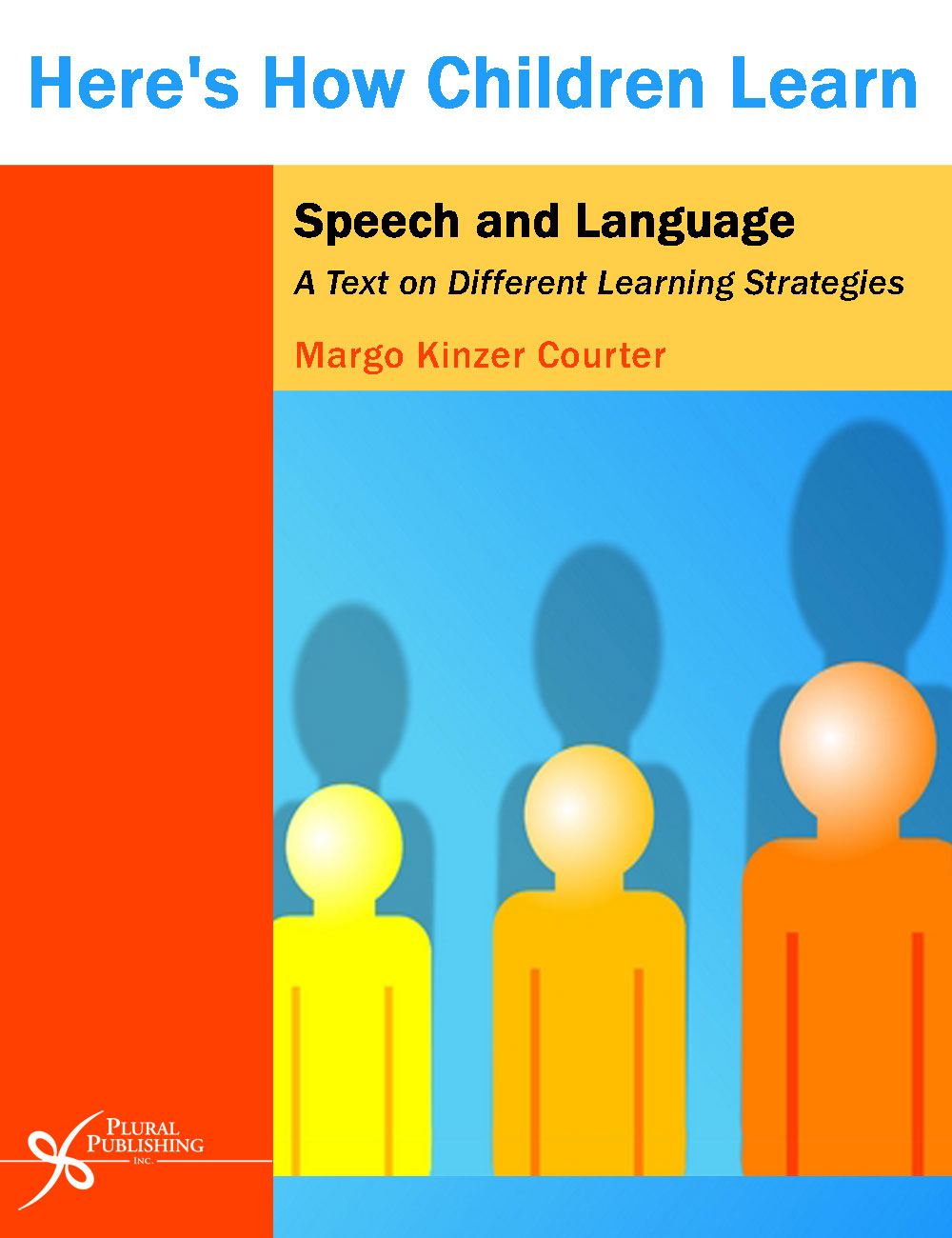
Here's How Children Learn Speech and Language: A Text on Different Learning Strategies
First Edition
Margo Kinzer Courter
Details: 185 pages, B&W, Softcover, 8.5" x 11"
ISBN13: 978-1-59756-366-6
© 2011 | Available
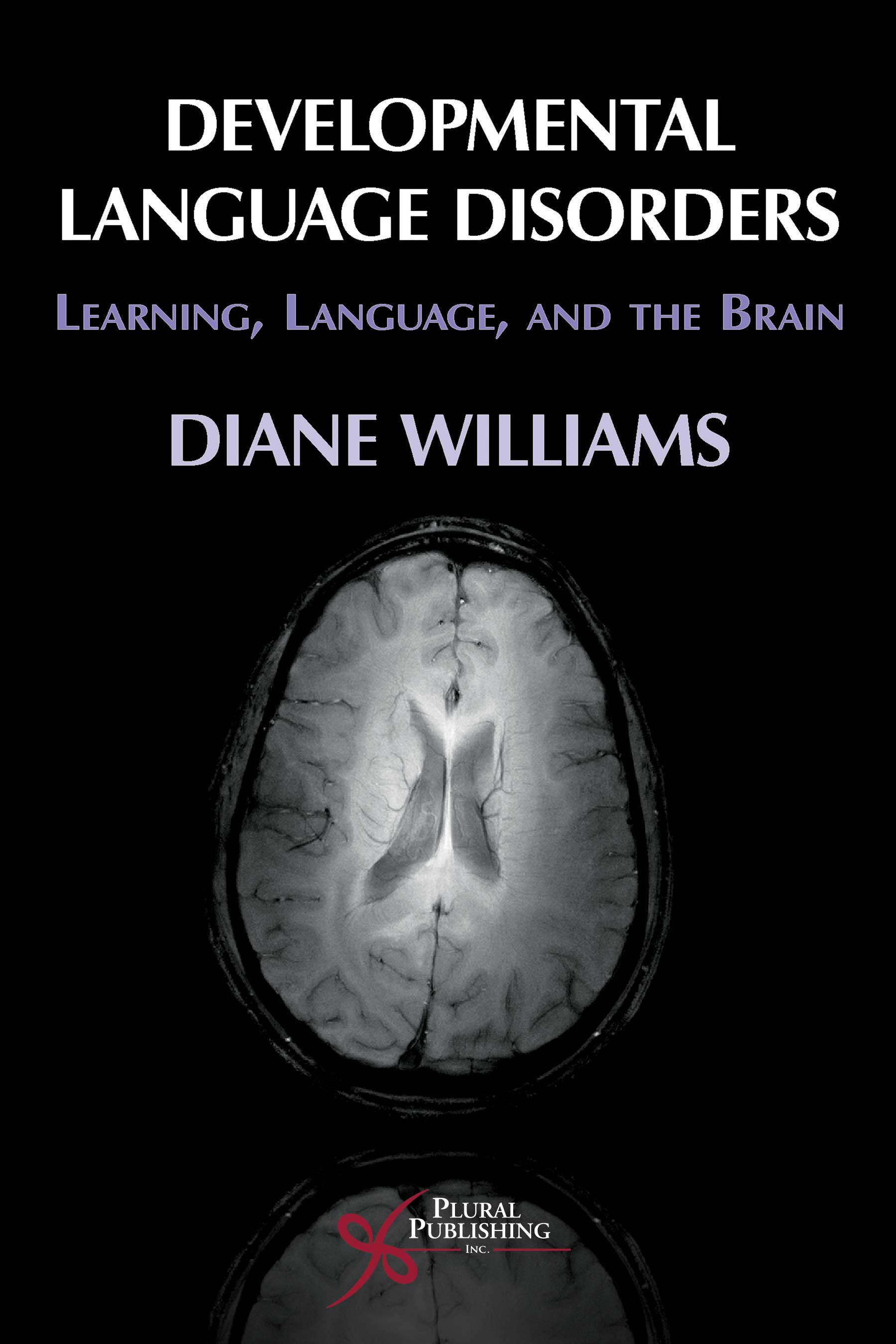
Developmental Language Disorders: Learning, Language, and the Brain
First Edition
Diane L. Williams
Details: 336 pages, B&W, Softcover, 6" x 9"
ISBN13: 978-1-59756-189-1
© 2009 | Available
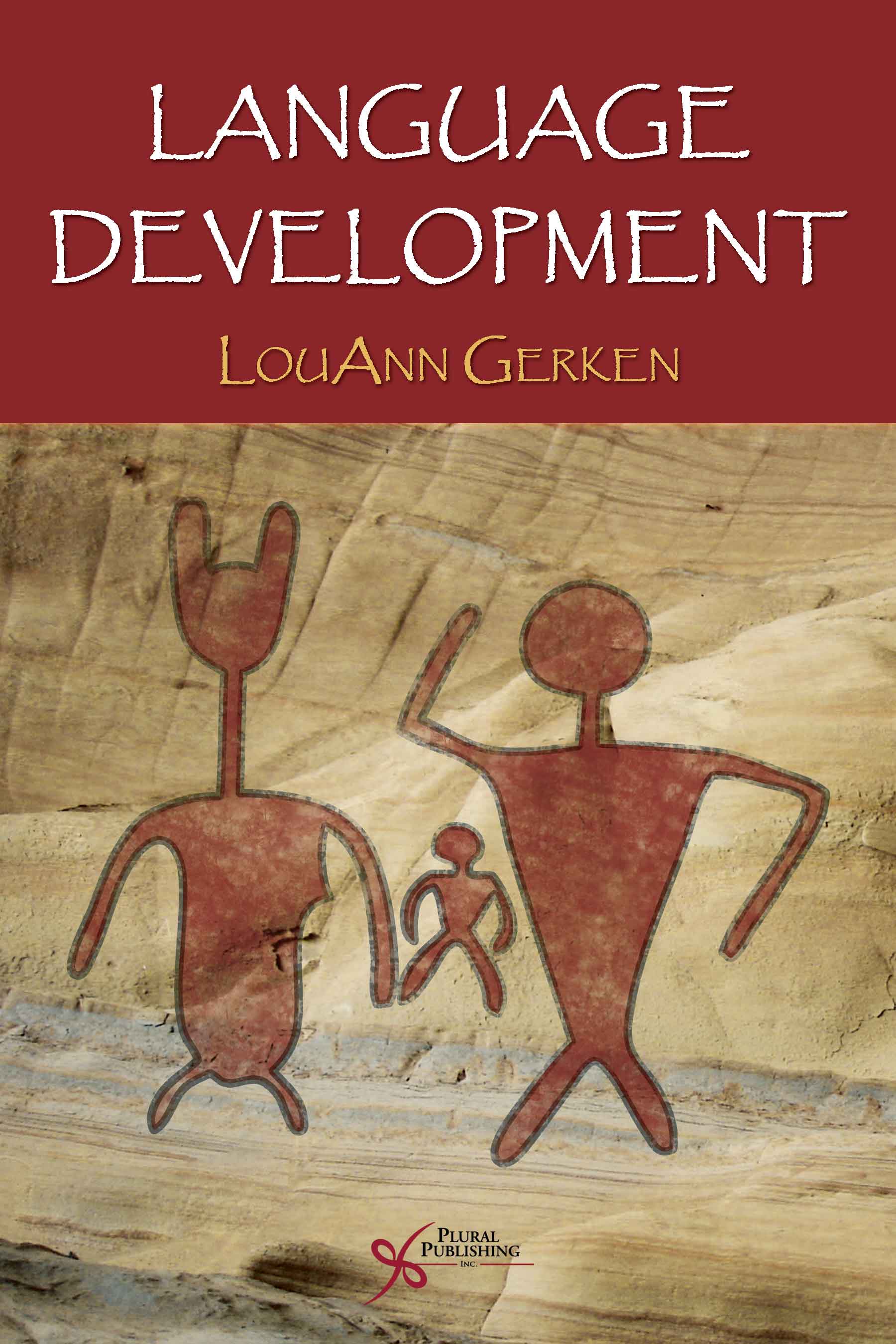
Language Development
First Edition
LouAnn Gerken
Details: 257 pages, B&W, Softcover, 6" x 9"
ISBN13: 978-1-59756-263-8
© 2009 | Available
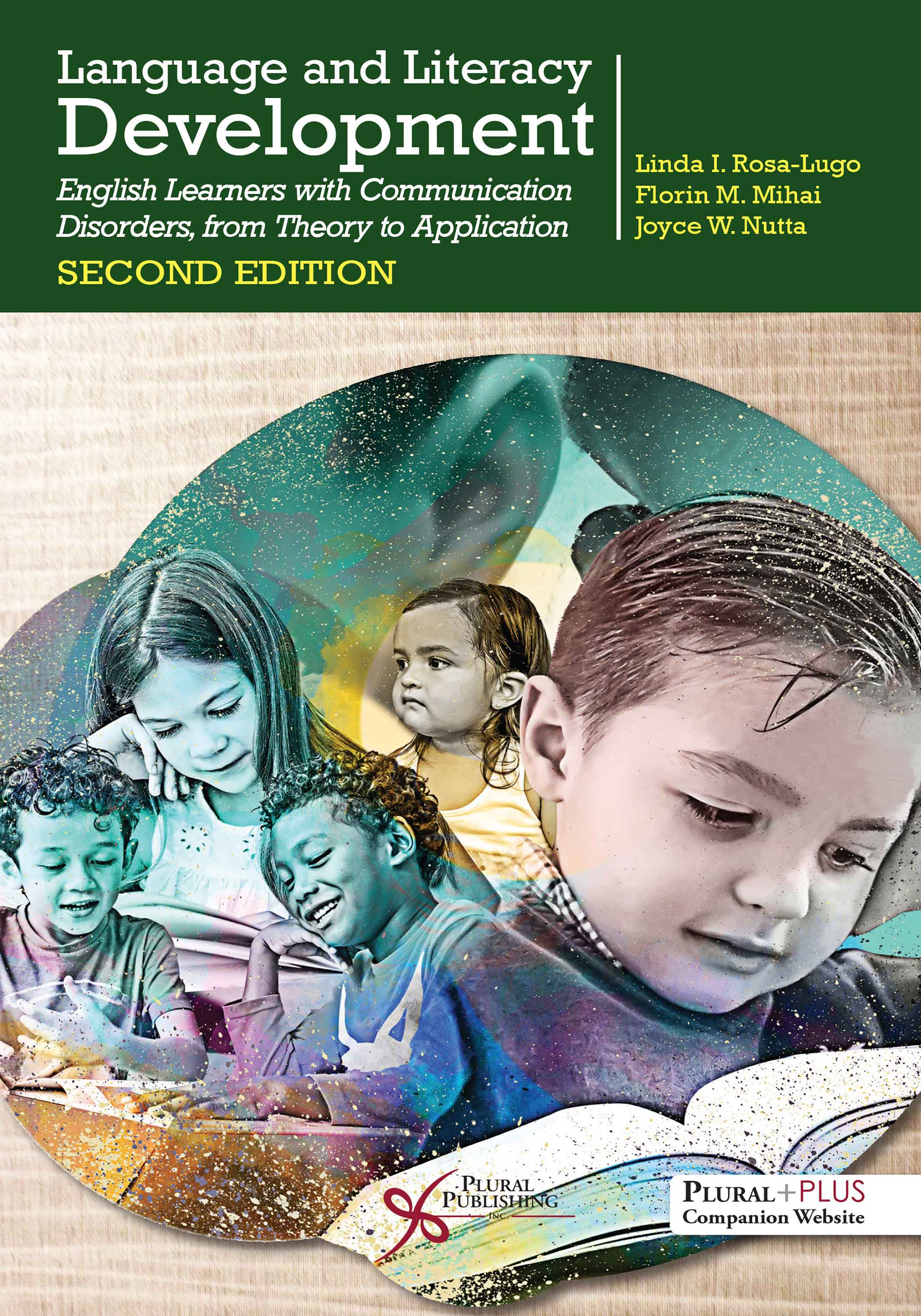
Language and Literacy Development: English Learners with Communication Disorders, From Theory to Application
Second Edition
Linda I. Rosa-Lugo, Florin Mihai, Joyce W. Nutta
Details: 432 pages, B&W, Softcover, 6" x 9"
ISBN13: 978-1-63550-153-7
© 2020 | Available
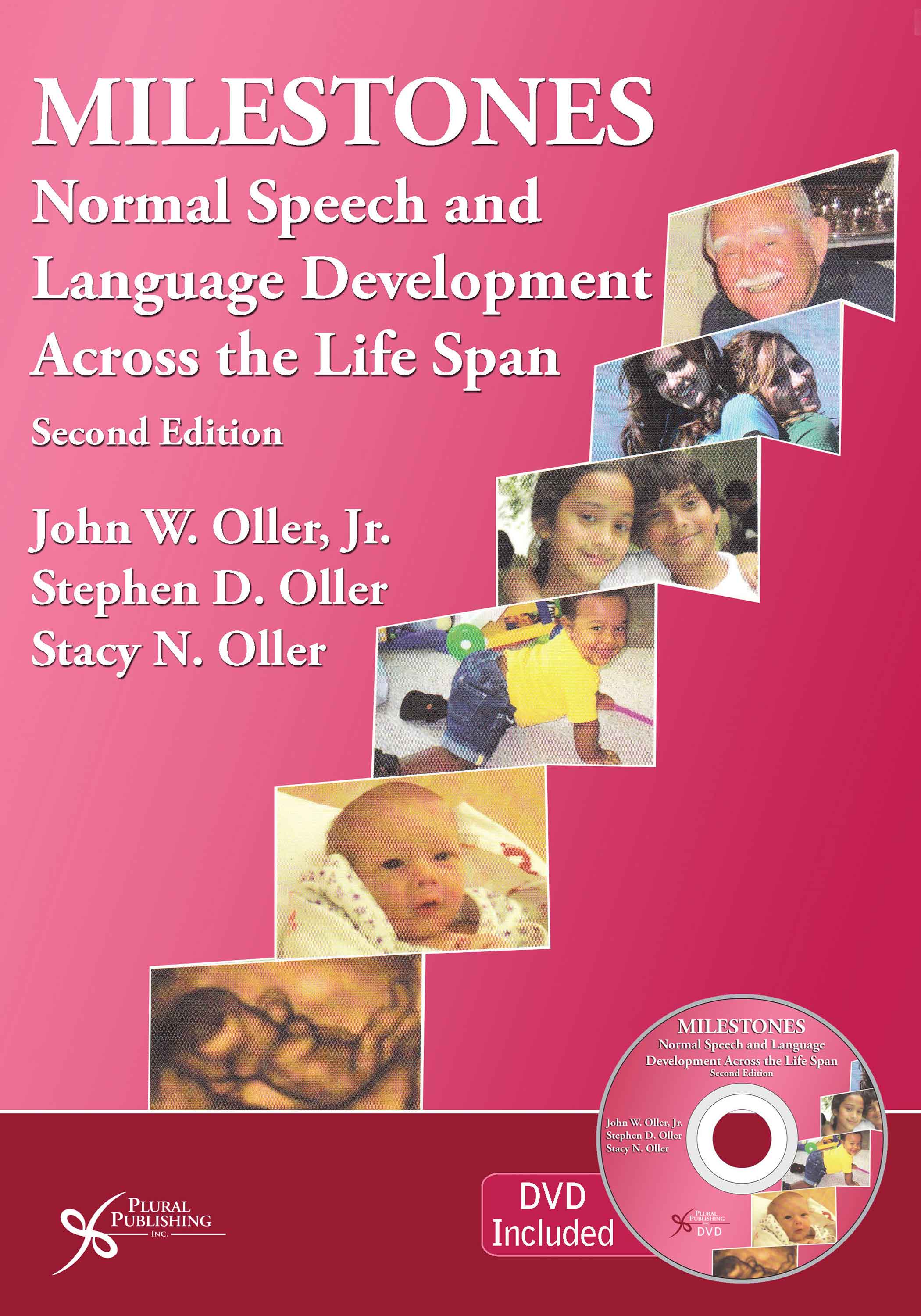
Milestones: Normal Speech and Language Development Across the Life Span
Second Edition
John W. Oller, Jr., Stephen D. Oller, Stacy Oller
Details: 624 pages, B&W, Softcover, 7" x 10"
ISBN13: 978-1-59756-501-1
© 2013 | Available
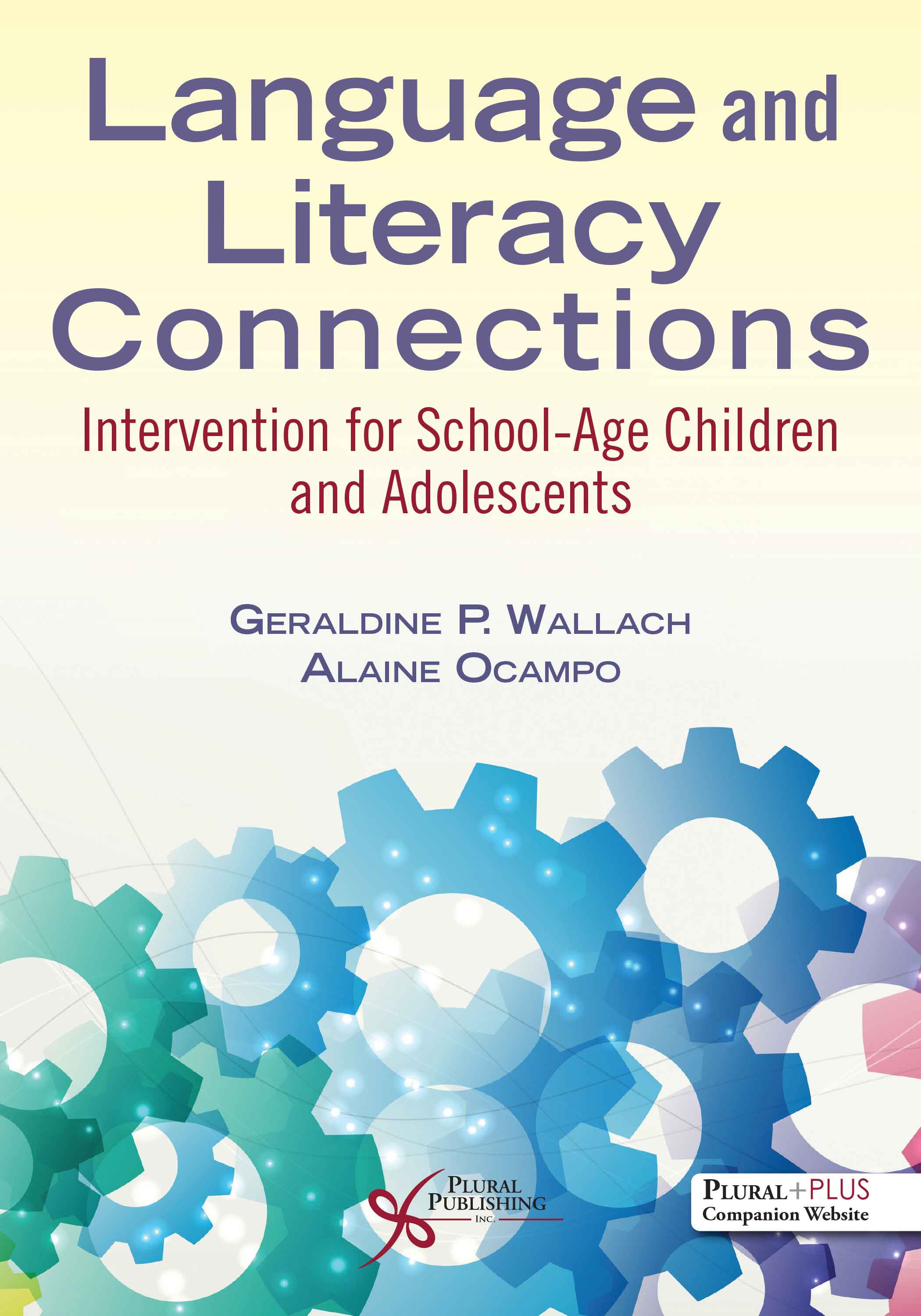
Language and Literacy Connections: Intervention for School-Age Children and Adolescents.
First Edition
Geraldine P. Wallach, Alaine Ocampo
Details: 358 pages, B&W, Softcover, 7" x 10"
ISBN13: 978-1-63550-213-8
© 2022 | Available
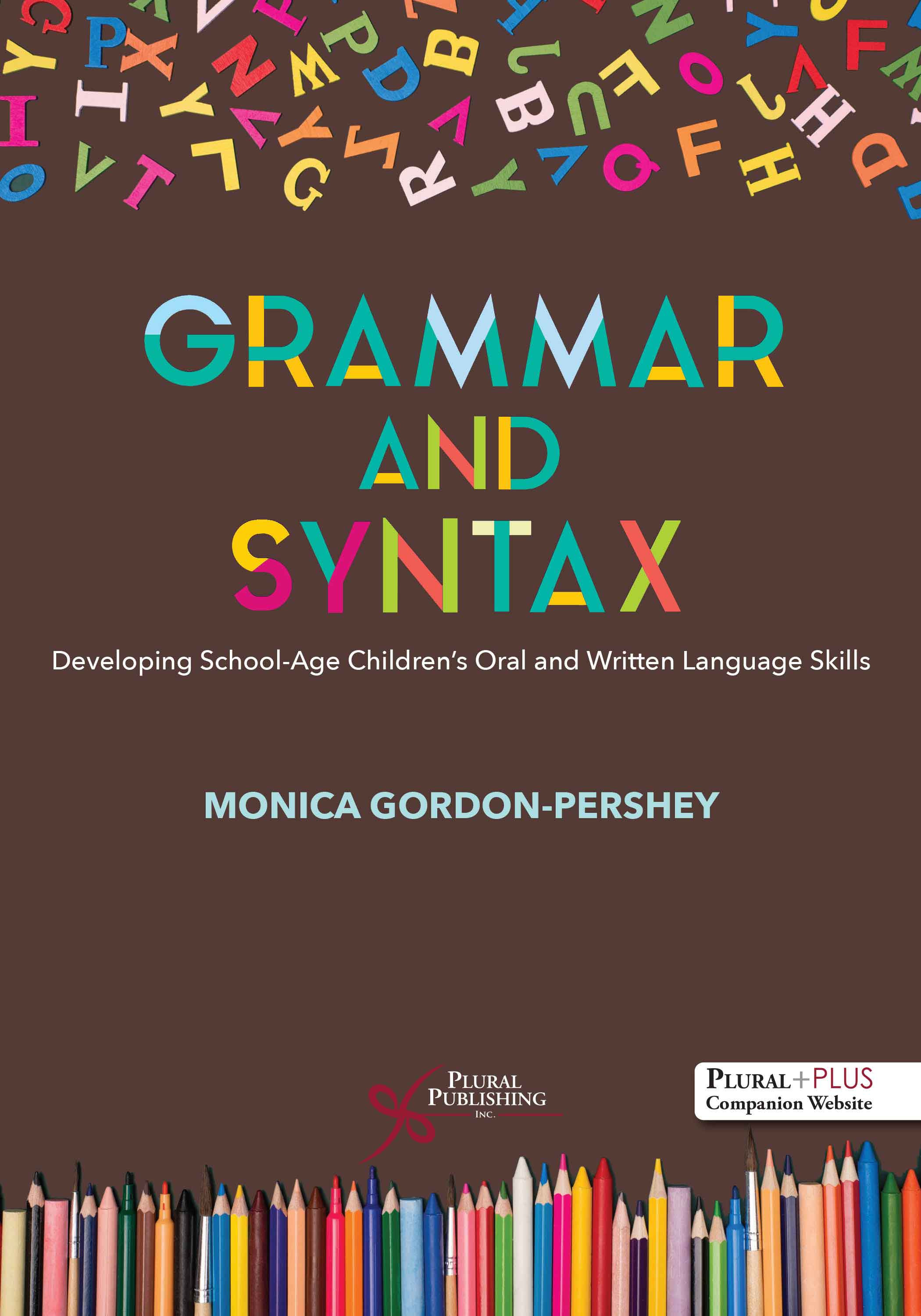
Grammar and Syntax: Developing School-Age Children's Oral and Written Language Skills
First Edition
Monica Gordon-Pershey
Details: 383 pages, B&W, Softcover, 7" x 10"
ISBN13: 978-1-94488-355-3
© 2022 | Available
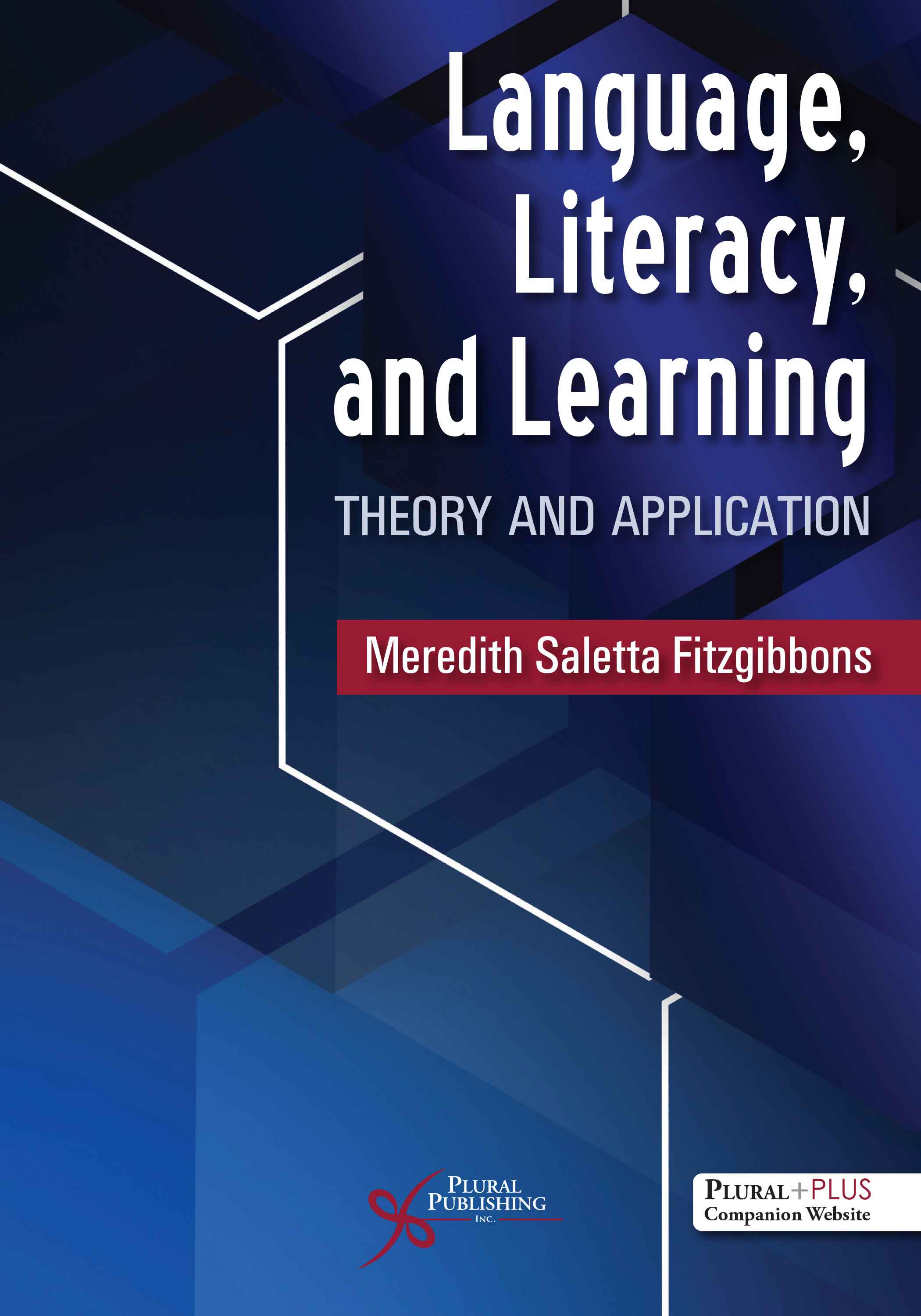
Language, Literacy, and Learning: Theory and Application
First Edition
Meredith Saletta Fitzgibbons
Details: 329 pages, B&W, Softcover, 7" x 10"
ISBN13: 978-1-63550-361-6
© 2024 | Available
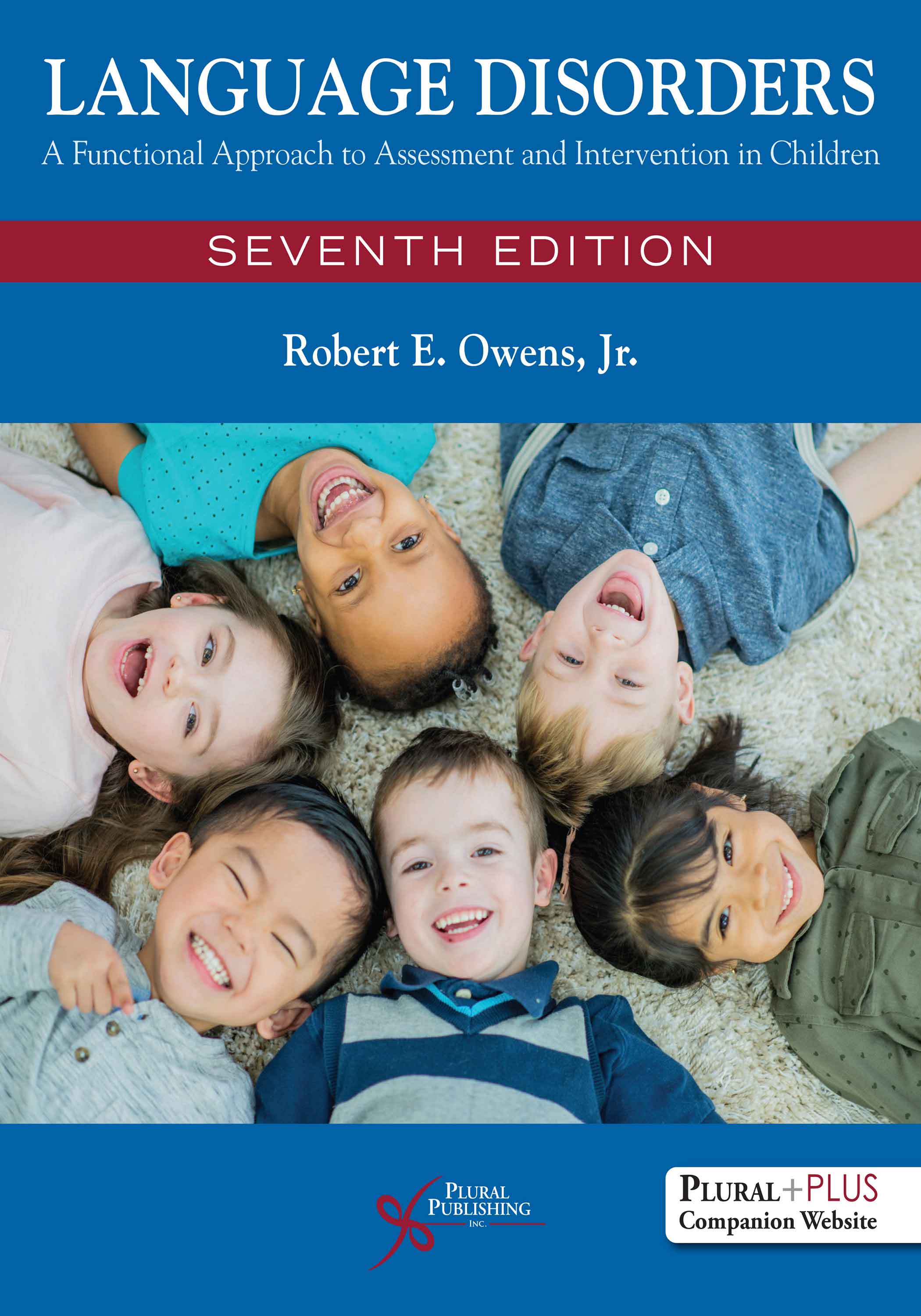
Language Disorders: A Functional Approach to Assessment and Intervention in Children
Seventh Edition
Robert E. Owens, Jr.
Details: 759 pages, 2-Color, Softcover, 8.5" x 11"
ISBN13: 978-1-63550-413-2
© 2024 | Available
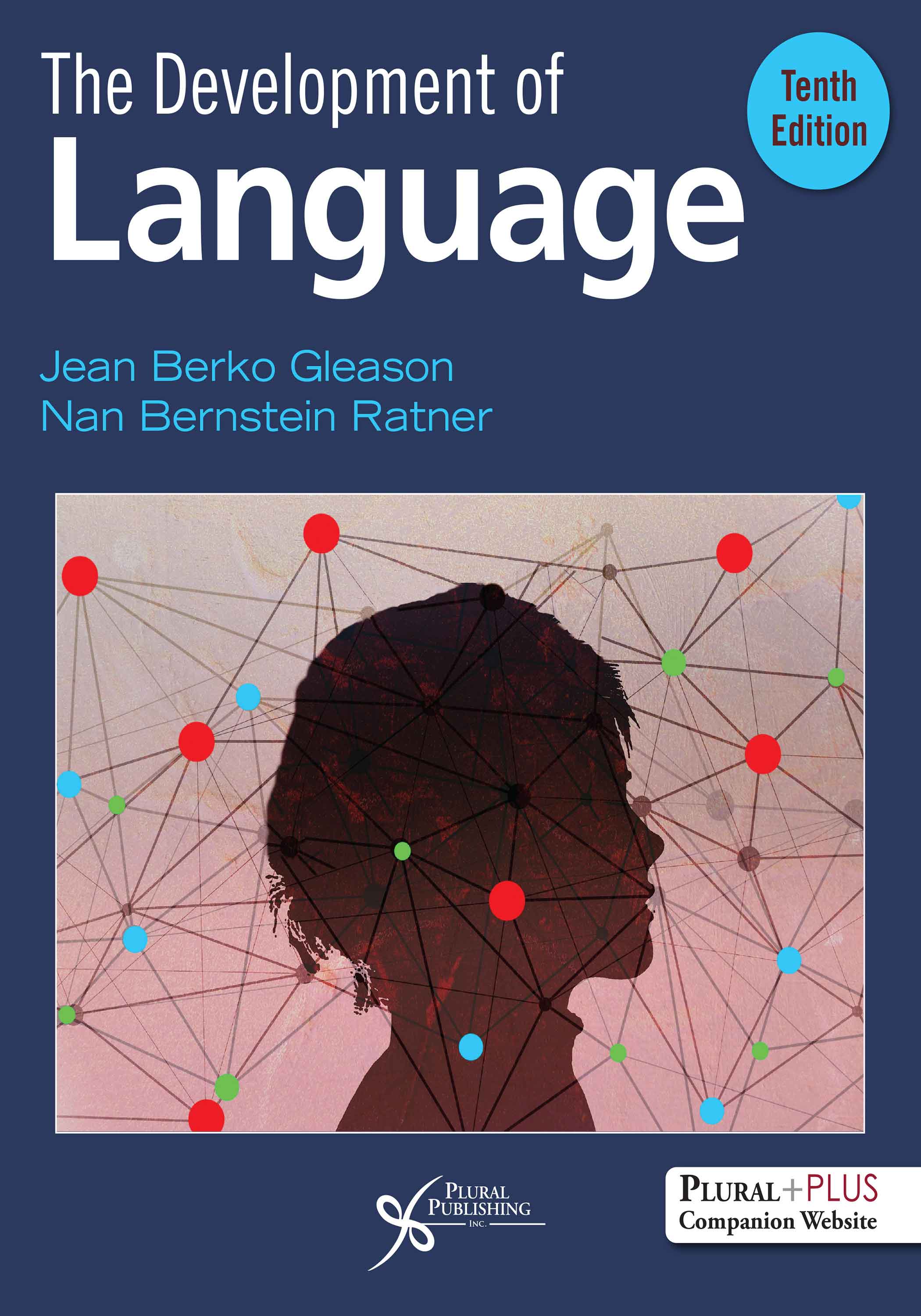
The Development of Language
Tenth Edition
Jean Berko Gleason, Nan Bernstein Ratner
Details: 444 pages, Full Color, Softcover, 8.5" x 11"
ISBN13: 978-1-63550-426-2
© 2024 | Available

